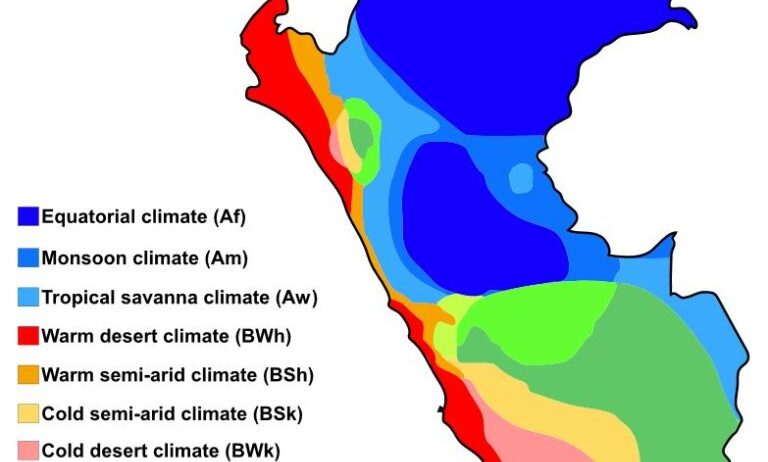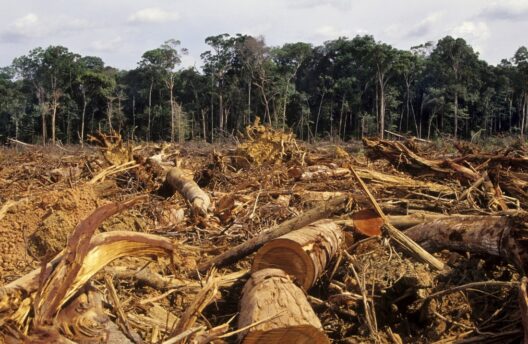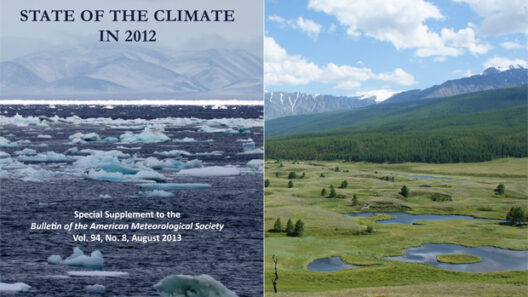Peru, a nation characterized by its unparalleled topographical diversity, is home to an array of climates that vary dramatically across its regions. The intricate tapestry of lush Amazonian jungles juxtaposed with the arid coastal plains and frigid Andean peaks showcases the multifaceted nature of this South American gem. Each climatic zone offers a unique set of ecological processes that profoundly influence not only the landscape but also the lives of countless organisms and human populations. Understanding these variations is crucial for securing the sustainability and resilience of both natural habitats and human communities.
Beginning with the Amazon basin, one of the most biodiverse environments on the planet, we encounter a climate that is primarily characterized by high humidity and significant precipitation. The Amazon rainforest experiences a tropical rainforest climate, dominated by consistently warm temperatures throughout the year. Rainfall averages can exceed 3,000 millimeters annually. This climate promotes the flourishing of an astonishing variety of flora and fauna, making it a critical area for ecological study and conservation. However, the rampant deforestation and climate change pose significant threats to this vital ecosystem, underscoring the need for robust environmental policies.
Transitioning from the verdant expanses of the Amazon, one travels south to the coastal regions of Peru. Here exists a stark contrast as the climate shifts to arid and semi-arid. The Peruvian coastal desert, notably the Atacama Desert in the south, is infamous for its lack of rainfall. The Humboldt Current plays a crucial role in molding this climate, bringing cool ocean water that ultimately results in a phenomenon known as coastal fog or “garúa.” Despite the harsh conditions, this area supports unique vegetation and adaptive wildlife, showcasing nature’s resilience in the face of adversity.
Further inland, the Andes mountain range introduces yet another dramatic climatic shift. Spanning from the northern reaches of Peru down through the southern regions, the Andes present an array of microclimates. The temperature gradient experienced in the Andes is significant, with conditions varying from tropical highs in the foothills to glacial climates at higher altitudes. The weather in the Andes is heavily influenced by altitude, latitude, and exposure to prevailing winds, resulting in stark temperature variations. The Andean highlands, often referred to as the altiplano, experience cold nights and warm days, while glaciers atop the peaks are indicators of a changing climate, with melting ice calling attention to the urgent reality of global warming.
What is particularly striking about Peru’s climate is the interplay between these diverse zones. The contrasting temperatures and moisture levels across regions create a rich mosaic of ecosystems. Many species have evolved to thrive specifically within these localized climates, leading to high levels of endemism. Deforestation in the Amazon, droughts along the coast, and glacial melting in the Andes all interconnect; changing one element of this climatic web can have cascading effects on the others. Consequently, understanding these intricate relationships is vital for the development of strategies aimed at mitigating environmental degradation.
The significance of climate in Peru extends beyond the natural realm; it is deeply embedded in the cultural and social fabric of the nation. Indigenous communities have coexisted with these climates for centuries, adapting their lifestyles accordingly. Their traditional agricultural practices, for example, have been finely attuned to the climatic variations of their local environments, from cultivating potatoes in the highlands to fishing along the coast. However, as climate patterns shift, these communities face existential challenges that jeopardize their way of life. This fact highlights the need for policies that prioritize their knowledge systems and practices as vital tools for ecological resilience.
In conclusion, understanding Peru’s multifaceted climate is crucial for both ecological preservation and socio-economic development. The interplay between the Amazon’s humidity, the coastal regions’ aridity, and the Andean ice invites a comprehensive approach to climate action. The consequences of climate change—manifested in extreme weather events, habitat loss, and the displacement of populations—underscore the urgency of addressing this pressing global issue. Acknowledging the unique climatic features of Peru allows for a deeper appreciation of the interconnectedness of ecosystems and human societies, advocating for informed and inclusive environmental practices essential for ensuring a sustainable future for generations to come. As the world confronts an era of climatic uncertainty, the lessons gleaned from Peru’s climate reveal much about our responsibilities towards the planet and its inhabitants.







